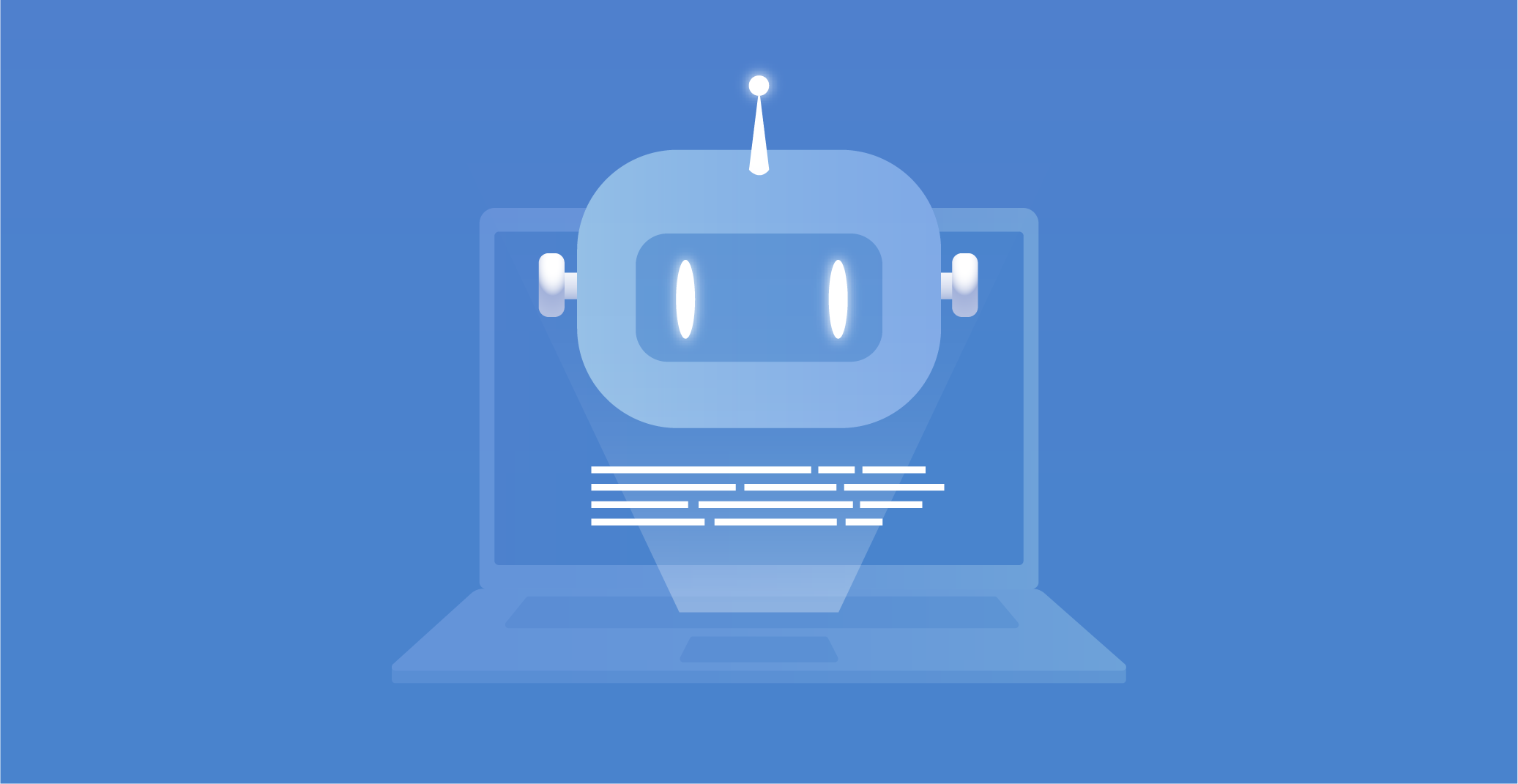How secure is ChatGPT? Unveiling the safety measures and potential risks

Natural language processing (NLP) has made considerable strides in recent years, which has led to the creation of effective language models such as ChatGPT. ChatGPT was developed by OpenAI and makes use of cutting-edge machine learning algorithms to produce text answers that appear to have been written by humans. Concerns about its safety and how it may be abused are beginning to surface as its usage becomes more widespread. We’re aiming to provide a complete overview of ChatGPT's security by delving into its safety features as well as the possible threats that are involved with using it.
How ChatGPT works
It is vital to have an understanding of how ChatGPT operates in order to fully appreciate the security features that it offers. In its most fundamental form, ChatGPT has predicated on a deep learning architecture referred to as the Transformer. This design gives the model the ability to discover patterns and correlations in massive volumes of text data. Because the model has been trained on such a large dataset, which includes web pages, books, and articles, it is able to provide replies to user inputs that are pertinent to the context of those inputs.
Security measures in ChatGPT
OpenAI has put in place a number of preventative safeguards to guarantee the confidentiality and morality of the users of ChatGPT. These precautions include the following:
- Content Filtering: OpenAI has a content screening mechanism in place to prevent the creation of content that is unsuitable or potentially dangerous. This technique eliminates potentially harmful information by employing both computerized algorithms and human moderators, one after the other.
- User Authentication: Applications that use ChatGPT require user authentication, which restricts access to the system to only those who have been granted permission to do so. This precaution helps stop unauthorized access and lowers the possibility of harmful usage.
- Privacy Measures: OpenAI has a strong commitment to protecting the privacy of its users and ensures the safety of all data throughout storage and processing. In order to secure the personal information of its users, the company abides by severe data privacy requirements, such as the General Data Protection Regulation (GDPR).
- Continuous Improvement: OpenAI is constantly looking for feedback from users in order to enhance the safety and security functions of ChatGPT. The organization is better able to recognize possible dangers and take preventative measures to mitigate them if it keeps its lines of communication with the user community open and active.
Potential risks and misuse
Despite the security measures in place, ChatGPT is not without risks. Some of the potential dangers associated with its use include:
- Generating Misinformation: ChatGPT has the ability to create information that is either purposefully or accidentally misleading or erroneous. This danger is caused by the fact that the model is dependent on training data, which may contain information that is inaccurate or biased.
- Amplifying Harmful Content: Even if there are methods in place to screen out potentially hazardous information, there is still the risk that some of it may get through. It is possible that as a consequence of this, hate speech, the ideology of extreme conservatism, and other harmful stuff may be amplified.
- Privacy Breaches: The risk of data breaches continues to exist despite the implementation of stringent privacy protections. There is always the risk that cybercriminals would try to acquire unauthorized access to user data, which might result in privacy breaches.
- Social Engineering Attacks: ChatGPT's ability to generate human-like responses can be exploited by bad actors to conduct social engineering attacks. These attacks can involve impersonating trusted entities or individuals to manipulate users into revealing sensitive information or performing actions that compromise their security.
Mitigating risks
To minimize the risks associated with ChatGPT, both developers and users can take proactive steps. Some recommendations include:
- Regularly updating security measures: OpenAI has to regularly update and enhance its security procedures, taking into account comments from users and tackling new risks as they emerge.
- User education: It is essential to provide consumers with education about possible hazards and to encourage appropriate usage. This involves increasing awareness about disinformation, issues around privacy, and assaults using social engineering.
- Strengthening of content filtering: To successfully detect and remove hazardous information, OpenAI has to continue to improve the algorithms that power its content filtering system. This should be done by combining machine learning with human moderation.
- Collaboration with researchers and policymakers: OpenAI should actively collaborate with researchers, industry experts, and policymakers to develop best practices, guidelines, and regulations that ensure the responsible and secure use of ChatGPT. This collaboration can contribute to a broader understanding of the potential risks and help create a safer AI ecosystem.
Conclusion
The ChatGPT language model is a strong one that has a tremendous amount of promise for a wide range of applications. Although OpenAI has taken a significant number of precautions to assure its safety, there is still the possibility of threats. It is possible to significantly reduce the dangers associated with using ChatGPT so long as appropriate precautions are taken, such as providing users with adequate training, enhancing the algorithms used to filter material, and encouraging collaboration between academics and policymakers.
While utilizing ChatGPT or any other technology that relies on AI, it is essential for users to stay aware and practice care at all times. When it comes to ensuring the safe and responsible utilization of these effective instruments, having an awareness of the possible dangers and taking preventative measures to lessen or eliminate them may go a long way. By doing so, we will be able to use the promise of ChatGPT while also efficiently addressing concerns around security.

